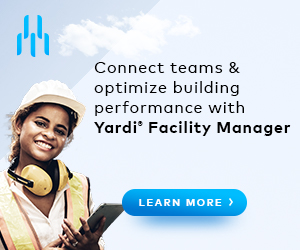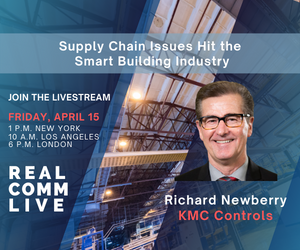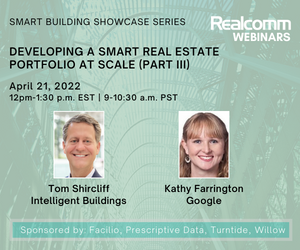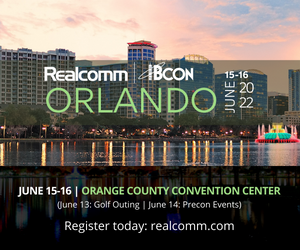The Path Forward
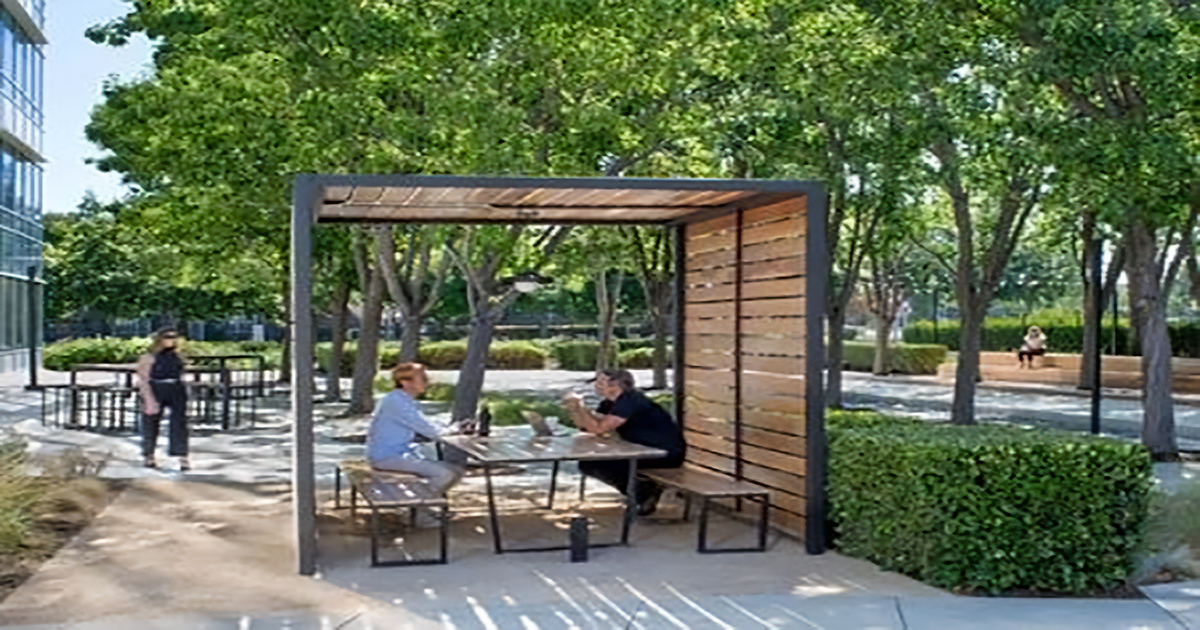
COVID-19 has given us all an opportunity to rethink something we have taken for granted for decades – the way we work. The whole world is asking a fundamental question – how should we work going forward? We have a chance to rethink not just where we work, but if it should just be “a” space or an ecosystem of spaces. And in doing so, we also have an opportunity to define the true purpose of what those spaces could and should be.
We know there have been some key shifts in how we work. Many organizations are looking to adopt hybrid work, enabling their workforce to leverage various locations to work – be it the office or hub, spokes or third places, or home environments. The path forward requires acknowledging some key elements:
- Returning to the office of yesterday is not the answer.
- We need a new system – an ecosystem of spaces that enables hybrid work.
- We need to empower people with options and choice.
- We need to rethink the purpose of place and create enticing places people want to be.
- We need to leverage technology more effectively to enhance security, connectivity and the human experience.
- We need to design for all and create spaces that are diverse, equitable and inclusive.
- We need to develop policies and protocols to reinforce new ways of working and retrain everyone to understand them.
All these key points enable organizations to be nimble, to meet the needs of a dynamic workforce, and create solutions that are functional, effective, and efficient. By developing a deeper understanding of how people work and the requirements, we can drive to space solutions that empower them to be successful. In this new ecosystem of spaces, the purpose of place becomes increasingly important. Although the HUB, or main office, serves more as a place where staff come together to connect with each other and clients, it must still provide a variety of workspaces for individuals between meetings or for those that simply prefer it as their primary location. As we move towards a hybrid model, we need to embrace some new realities.
- We need to ensure we are creating enticing places people want to be and that creates the right level of energy. The right density creates a certain level of energy or vibrant spaces and enables people to interact with each other and share experiences, ideas, and resources. But we need to take care not to over densify space which leads to overcrowding, noisy spaces and reduced availability of work settings that promote choice.
- We need to understand what attracts people to spaces and makes them want to stay. Great outdoor seating, music, art, food, learning activities, and shopping can all create stickiness. We want to create neighborhoods where people have a sense of belonging. And services where their needs are met.
- We need to create spaces that offer a balance between shared and solo space. People need space where they can do heads down concentration work with some degree of privacy and quiet, but we are also social creatures and interaction builds bonds, trust and generates social capital.
- We need to break down the silos between space types and leverage the sharing economy to create more dynamic, utilized spaces. Shared amenities, services, access to support areas – be it fitness centers, high-tech meeting spaces, food service, etc. We need to strive to create spaces where people can go beyond “work” to create environments that offer more and where people want to be.
Workplaces can provide ergonomic settings that counter the impact of people sitting stagnant in one place for months. Shared spaces can offer advanced technology and tools that enable better user experiences, and/or the energy and buzz that we as social creatures thrive on, or the ability to have chance encounters between colleagues that virtual calls don’t provide. Shared spaces can also provide access to amenities and services such as tech-support or learning, training, and professional development opportunities. They can also provide access to a company’s greatest resource, their people, and the ability to cross-mentor, connect, collaborate, and socialize. But we need to ensure that we’re not just returning to a diminished version of the old workplace. We need to ensure that spaces aren’t sterile, and that people aren’t relegated to sitting in one place all day on virtual calls. If that’s what we are returning to, then why leave the house?
We need to embrace the opportunity to address the disruption being brought forth and proactively rethink how we can best serve organizations and the workforce, because addressing both is key. If we only think about the business, we miss their biggest asset, their people. And if we only focus on the people, the business could suffer which in turn impacts the workforce. We need to innovate and evolve. Now is the time for us to be bold, to cast a wide net, and to consider new ways of work so we can innovate and evolve to meet the needs of the changing world of work.
Today, return to work is top of mind and topics such as the hybrid digital workplace, the future of work, digital transformation and many others, will be featured at this year’s conference education program and presented by subject experts. Realcomm | IBcon 2022 will be held on June 15-16 (Golf Outing: June 13 | Precon Events: June 14) at the Orange County Convention Center in Orlando, FL. Register today!
This Week’s Sponsor
Kontakt.io is the industry leader in indoor environmental, location and occupancy services using Bluetooth Low Energy (BLE ®). Our mission is to deliver human-building interfaces that provide people with delightful, useful, and safe indoor experiences to help make buildings work for people.
Read Next
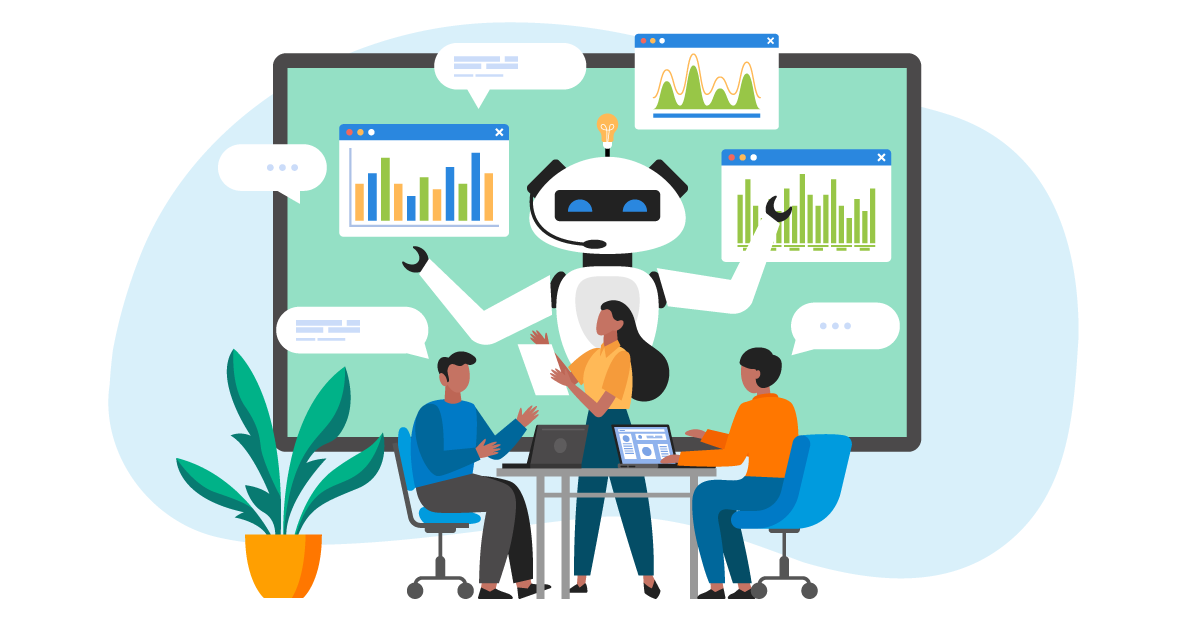 5/29/2025
5/29/2025
AI Can’t Fix Bad Data. These Ideas Can Get You on the Right Track. Real estate visionaries constantly integrate innovative technology to make their organizations more efficient.
 5/22/2025
5/22/2025
Managing Building Automation and Integration Like an Investment Portfolio What if your building automation and integration decisions were managed with the same precision, discipline, and long-term vision as Warren Buffett’s investment portfolio?
 5/15/2025
5/15/2025
Tech, Talent and Transformation: 2025 Digie Finalists Announced For 27 years, Realcomm has presented the Digie Awards to acknowledge companies, real estate projects, technologies, and individuals that have advanced the commercial real estate industry through the strategic use of technology, automation, and innovation.
 5/15/2025
5/15/2025
Empowering Space Management with Data-Driven Visualization For effective CRE space management, it’s critical to centralize lease data, maximize rental square footage (RSF), improve energy efficiency and reconfigure spaces to meet changing needs.


%20(1)%20(1)%20(1).png)









